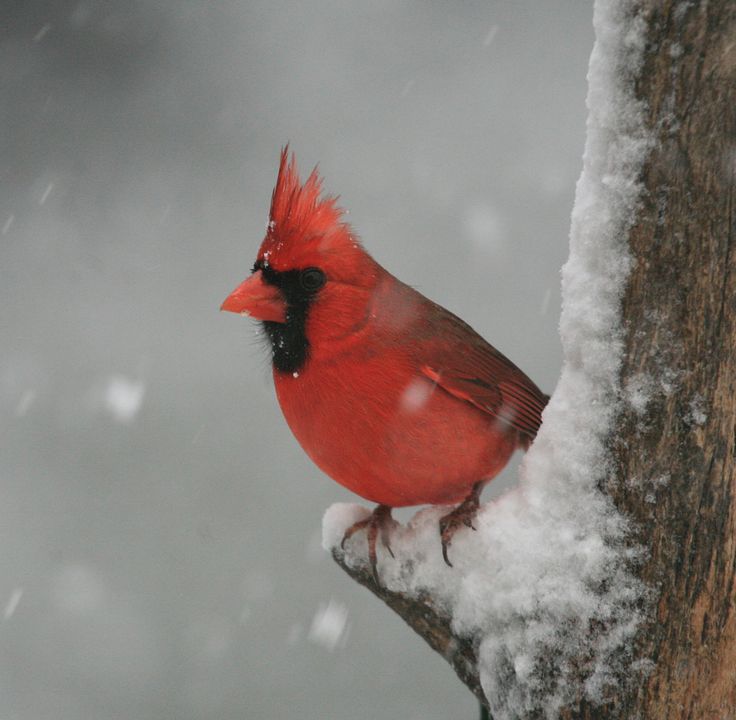Recently Slow Birding, a book all about enjoying the birds in your backyard, was published. The author, Joan Strassmann, an accomplished scientist in the field of evolution and microbes writes about her hobby of birdwatching and offers some good advice.
Rather than traveling far and wide to see and list birds in new locales, the author stresses the joys of birding in the most familiar of haunts, your backyard. In the same vein as What the Robin Knows by Jon Young, the advice is basically to take your time in watching birds rather than just checking them off on a list.
No doubt many birdwatchers miss the subtle moves of birds as they move along branches, creep up or down the bark, probe among the leaves, or pick through the various seeds in the feeder. Robins and towhees have different ground feeding styles, sparrows handle seeds differently than jays, and birds other than hummers feed at hummingbird feeders. On a day-to-day basis, do you see differences in the number and kinds of species your backyard? Are they in the same places eating the same food? Can you recognize any individuals within a species – that’s a real challenge. (Do you see any differences between the two Northern Cardinals below?)


All Strassmann and Young are doing is asking you to pay close attention. Like lots of things in our lives, we tend to move too quickly rather than savoring whatever satisfaction we can get out of the activity. This is just, I think, a form of “forest bathing”, consciously connecting to the environment around you.
Approximately 83% of the U.S. population lives in urban areas, up from 64% in 1950. By 2050, 89% of the U.S. population and 68% of the world population will live in urban areas. In the U.S. the average person spends 93% of their time indoors. Going outside and paying attention to the natural world, even if only a small part of it, can be a boon to your mental and physical health.
I was interviewed by a young aspiring journalist the other day and suggested that she views the natural world much differently than I do. In my time vast natural areas of the world and the U.S. have been destroyed for housing, manufacturing, roads, etc. or mined or logged or grazed. Since 1950 the population of the U.S. has tripled. To support that population growth habitat has disappeared and the population of birds, in the U.S., has declined by 50%. What the journalist sees today is a vastly depleted natural world from 70 years ago. But that’s normality to her. If she sees a 5% decline in bird populations over the next ten years, it may not seem like much, but to people my age, that’s continuing a drastic decline. Today, 13% of all bird species are in danger of extinction.
Getting to know the natural world will also help the environment as one will appreciate it more. The more people go outside, pay attention to nature, and understand what’s happening, the better the chances are of saving some of it.
I couldn’t agree more. During the COVID lockdowns here in New Zealand I spent more time gazing out my home office window than usual and as a result saw a lot more of the variety and behaviour of the birds that come to my large Liquid Amber tree. As a result I took a lot more photographs and started a Facebook group – Creatures in our backyards. I now have over a hundred back yard creature enthusiasts posting their contributions. A lot of fun. Our backyards are a rich system of bushes, flowers, birds, insects and other creatures and as interest grows, the more you see.
Creatures in our backyards – I love it.
When you say “birds other than hummers feed at hummingbird feeders”, I’m not sure what other birds have beaks small enough or the abilities to get their beaks into a hummer feeder. I have often wanted other birds to partake in the sugar water, but I’m not sure it’s okay to give it to sparrows and mocking birds. Can you tell me if it would be okay for birds in my area? I’m near the coast in Long Beach, CA. Thanks so much, and Happy New Year to you!
it’s all about the tongue, some woodpeckers and orioles like sugar water.
Woodpeckers, orioles, chickadees, house finches, and warblers all use hummingbird feeders at times.
I thought the photo question with the Cardinals wasn’t really a good example / test as due to the difference in lighting they could have been the same bird anyway: In identical light differentiating between individuals of the same species is frankly not difficult- at least not here in the U.K where we sex Blue and Great Tits as a matter of course in the field :
D
You are correct, the photos were not the best example. But no photo can be and that’s all I can post on the blog. Telling sexes apart such as Blue and Great Tits is not hard because of sexual differences. There are many bird species where sexing is easy. The Northern Cardinals were both males, though. The trick would be to tell two male Blue Tits from one another.
Thank you. This article should be made public far and wide.
Taking time to observe bird behavior at my bird feeders allows a wealth of information about our avian friends. I have learned to identify year round residents and visiting migrants during spring and fall. A bird bath and a bird house provide additional surprises and entertainment.